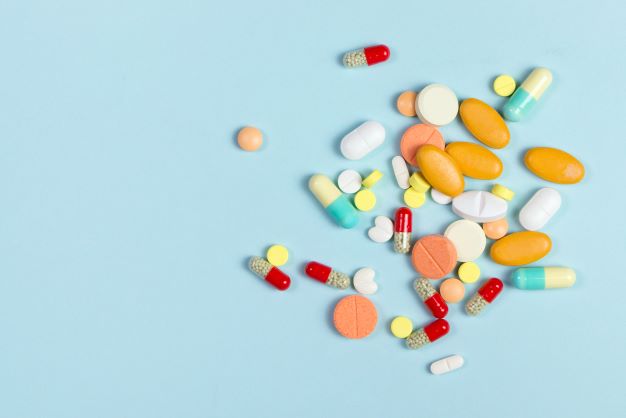What is Quality by Design?
All products are made by following a process, a recipe if you like...
You only have to watch one episode of Bake Off to know that many things can, and do, go wrong when following a recipe. Incorrect measurements, unpredictable ovens, different ingredients, the weather, and the watchful eyes of judges unnerving the baker can result in bakes of varying quality, and it is often mentioned that the followed recipe worked fine previously. With so many variables potentially impacting the quality of a product, whether that is cake or a drug product, a meticulous protocol can help in designing the process to reach the target.
Traditionally, quality control has involved regular testing of the product and removing the batches which do not meet the quality criteria. While this works by ensuring the bad batches do not make it to distribution, it does nothing to improve the process, nor give you information about why the batch may have failed. The frequency of the testing doesn’t improve the overall product quality and no matter how much cake you taste test, if you have a poorly written recipe you won’t see an improvement.
The aim of Quality by Design (QbD) is to design a process founded on scientific fact that begins with predefined objectives. Relevant risk-based optimisation studies are used to find the key parts of the process which have an impact on product quality, whether that is regarding the material used or the process conditions employed. Using this approach, process understanding is enhanced and quality is inherent in the product and process.
Quality is critical in pharmaceutical development, when the end-user is a patient. When the QbD method is adopted, you can have your cake and eat it too!
Join our online QbD training course from 28th Nov - 2nd Dec 2022 to find out how to build quality into your product and process.
